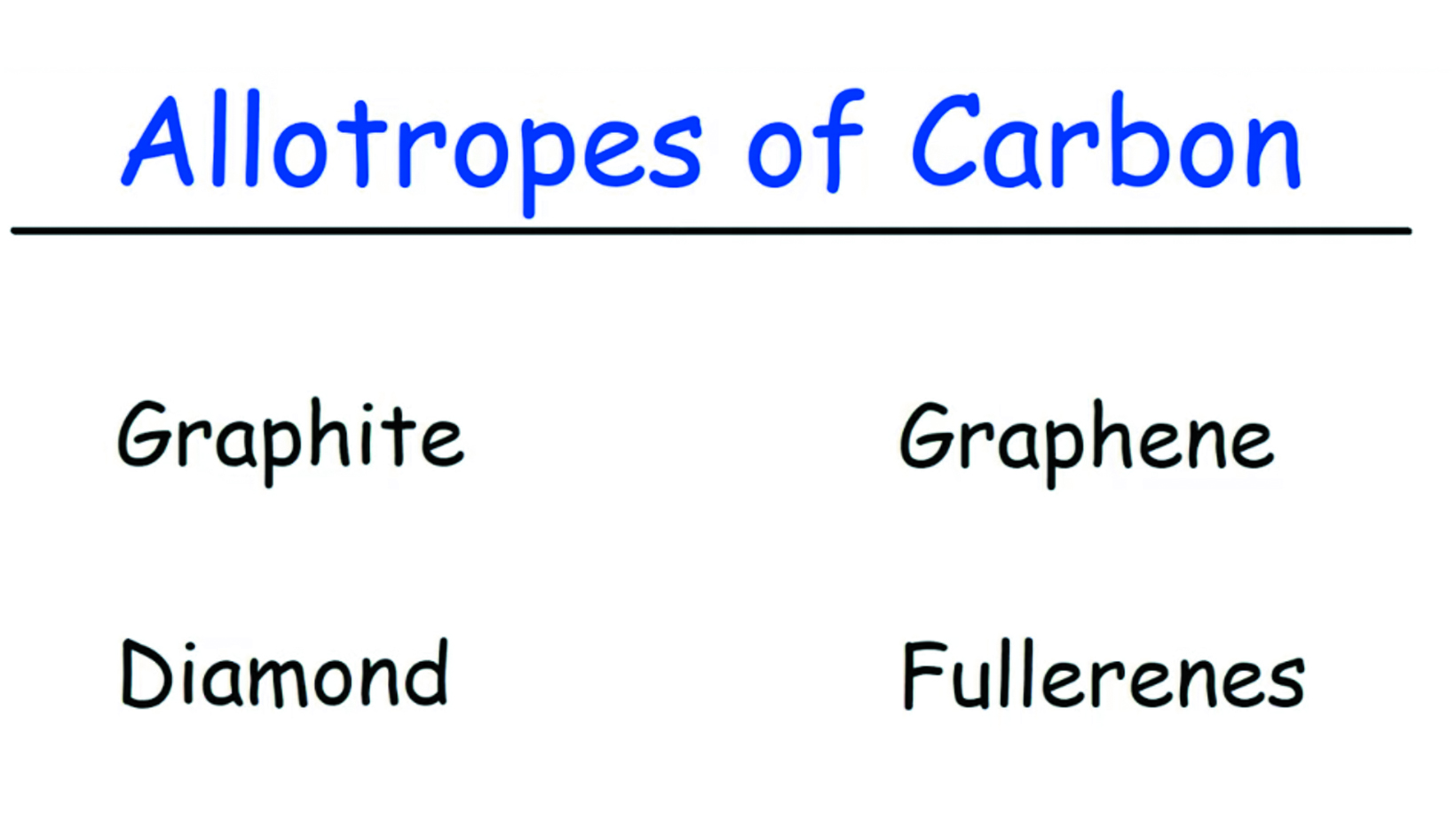Fescue grass can be found throughout Europe, North Africa and North America. It grows best in moist areas and some fescue types require little sun. Fescue doesn’t spread by rhizomes or stolons. Furthermore, seeding is the only way to go with this turfgrass. It will grow on most any soil type.
Commonly used in lawns and pastures, fescue is known for its tolerance to drought, heat, and poor soil conditions. There are several varieties of fescue, including tall fescue, creeping red fescue, and hard fescue. Fescue is typically a cool-season grass that thrives in cooler climates and goes dormant during hot summer months. It has a fine texture and can form dense and attractive lawns when properly maintained. Where other grasses struggle, fescue grasses often thrive in shaded areas.
Fescue Grass’ Nutritional Value
The high nutritional content of fescue makes it ideal for grazing livestock. It contains a good balance of carbohydrates, protein, and fiber, which supports healthy growth and maintenance in animals. Fescue also has a high mineral content, including calcium, phosphorus, and magnesium, which are important for bone development and overall health.
In addition to its nutritional value, fescue is known for its ability to withstand grazing pressure. Livestock such as cattle, horses, and sheep can efficiently graze on fescue pastures without causing significant damage to the grass. Fescue has dense growth and deep root systems, which allows it to tolerate heavy grazing.
Furthermore, fescue grass has the unique ability to recover quickly from grazing. Even when heavily grazed, its vigorous growth allows it to bounce back. This characteristic makes it a practical choice for managing pastures that experience intense grazing pressure. It has a fine texture and forms dense patches, which can create a lush and attractive lawn. However, fescue is not as tolerant of heavy foot traffic or frequent mowing as some other grass types.
Lastly, be careful and read all labels when applying chemicals of any kind. Use 3 pounds of N per year in most areas. Proper irrigation management is key.
Review our website to learn more and ask for Greensmiths products by name.




